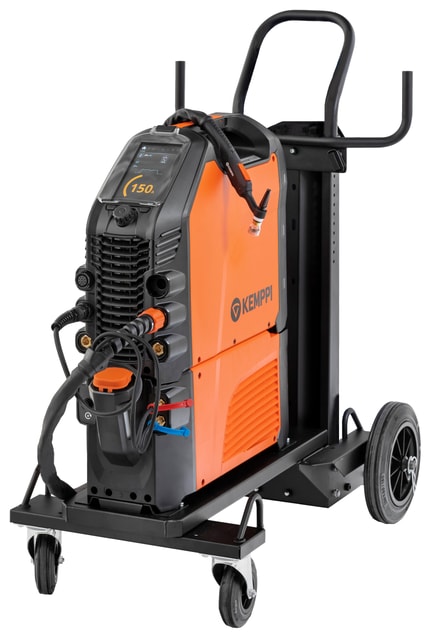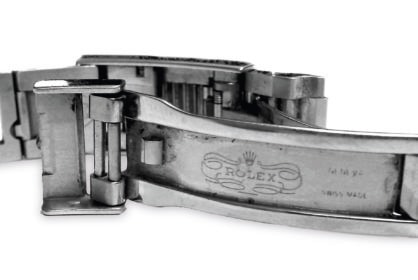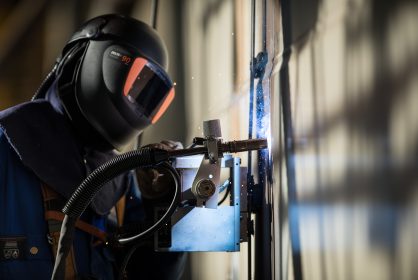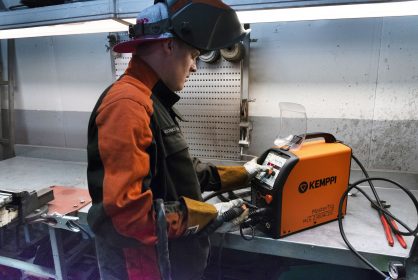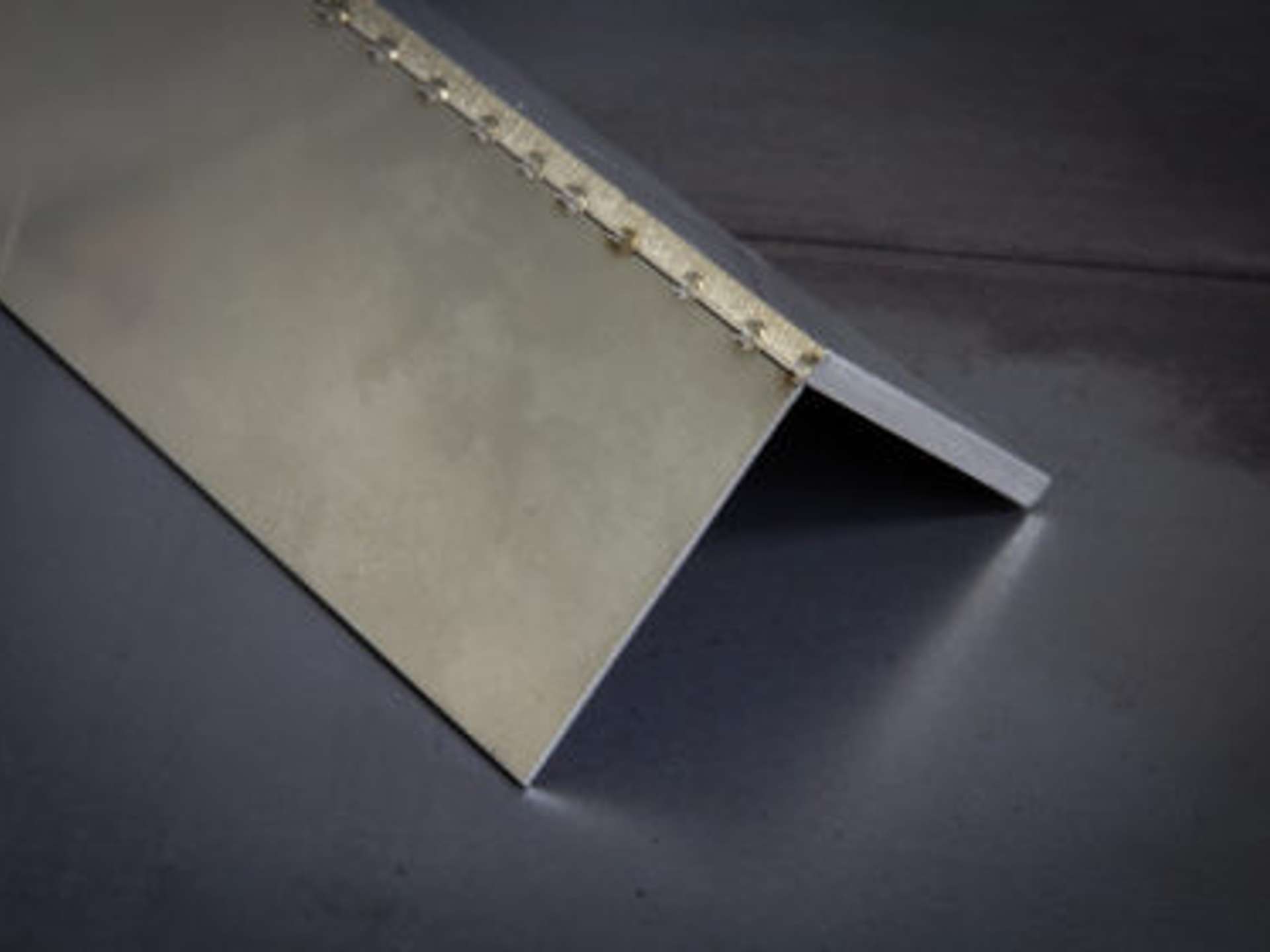
L'innovazione
MicroTack revolutionizes the tack welding of thin sheet metal
18 giugno 2019
Tack welding is one of the most important work phases before welding. In tacking, the structural parts are combined with short tack welds in preparation for the actual welding. The tack welds keep the parts in the correct position in relation to each other until the welding has been done.
Petteri Jernström
The quality of tack welding directly affects the quality of the welding. Particularly when welding thin materials, tack welds can burn through readily or remain raised or bumpy, thus appearing as a defect in the quality of the end product. Excessive heat input in the tacking stage may also twist the workpieces and leave air gaps between them.
Low heat input in a key role
To meet these challenges, Kemppi has developed a tack welding feature, MicroTack, for thin sheet components made of carbon and stainless steel and titanium with thicknesses of up to 4 mm. The feature is available in Kemppi’s MasterTig MLS ACDC models, and the new generation MasterTig series.
MicroTack resembles spot welding in that it provides a sudden high-current pulse, which fuses the materials to each other. The pulse time is typically only a few dozen milliseconds, which produces a low and controlled heat input. As a result, the risk of burn-through is lower than in traditional TIG tacking, where penetration control is more difficult. In addition, the weld spots remain small and of equal size, and do not cause deformation of the welded materials.
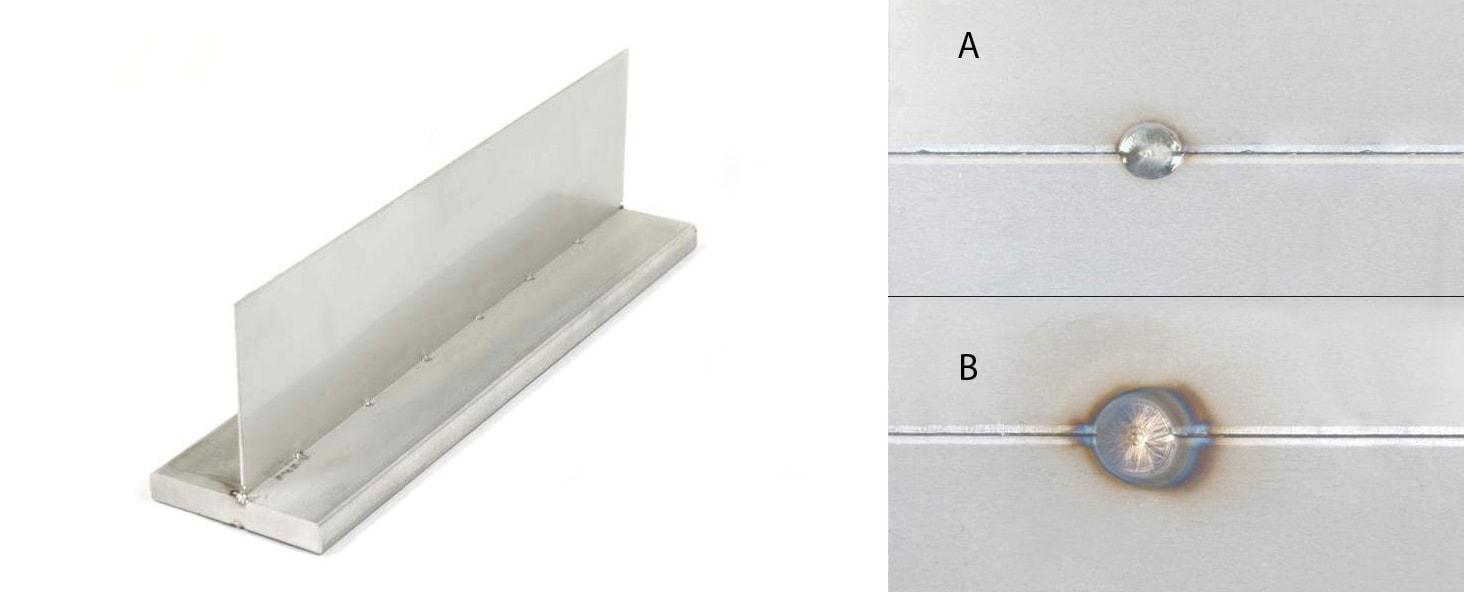
MicroTack is an excellent method also for tacking thin and thick materials with each other thanks to its low heat input and relatively high energy density in the arc. On the right, you can compare tack welds made using the MicroTack method (A) and the traditional TIG method (B). © Kemppi Oy
Whether you are tacking or performing actual welds, utilizing a lower heat input method always requires more careful preparation and welding. The same applies to MicroTack, as it does not use filler material and there is little tolerance for the gap. However, once the preparations are done and the tacking parameters have been selected, high-quality tack welds can be achieved with just a single press of the torch switch. The simplicity of the feature results in dramatically faster tacking and the speed leaves virtually no time for the surface of the weld to oxidize.
Efficient tack welding saves time
The benefits of MicroTack became reality for Turun Teräskaluste when they tested the feature as an alternative way of joining pieces together with Kemppi’s MasterTig MLS 2300 ACDC. The company has produced both fittings and furniture as a sub-contractor for numerous cruise ships, including the Caribbean luxury cruise ships Oasis of the Seas and Allure of the Seas. While welds serve a certain function in production, Turun Teräskaluste must be able to make them disappear mechanically while working with materials such as Super Mirror, a stainless-steel sheet that has an extremely shiny surface.
The implementation of MicroTack for a large-scale construction project improved weld quality in general and reduced the need for mechanical and chemical surface finishing work. The new way of joining pieces had to be taken into consideration when planning production, but in the end, it resulted in major savings in time.

Turun Teräskaluste has furnished numerous cruise ships over five decades. © Turun Teräskaluste
Customer case originally published in ProNews 1/2014
The MasterTig is already a familiar name in Kemppi’s product selection, but now the MasterTig products are reborn. They have not only been upgraded, but a completely new welding machine has been created for professional welders doing AC and DC TIG welding and MMA welding.

Petteri Jernström
Petteri Jernström
Vice President, Technology at Kemppi Oy until February 2020. A technology innovator with extensive experience across a variety of sectors and roles in the welding industry. Curious about discovering, learning, and inventing new ways of doing things. Petteri holds a Doctor of Science degree in Welding Technology from the Lappeenranta University of Technology, Finland.
